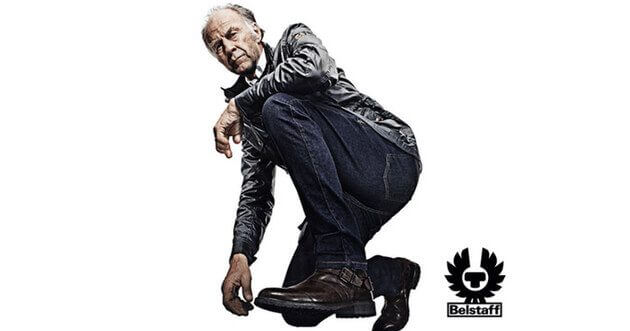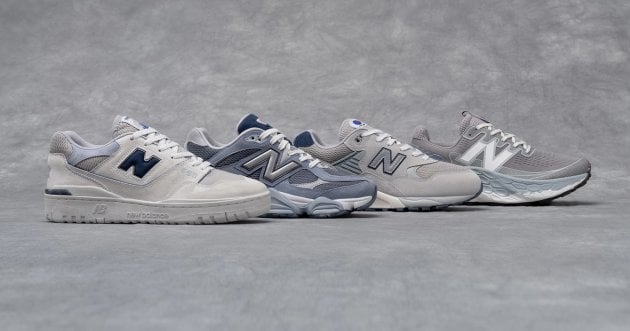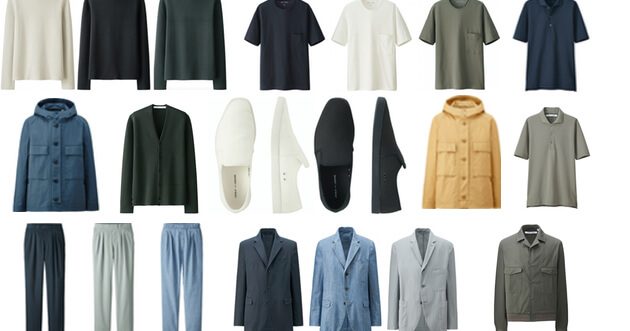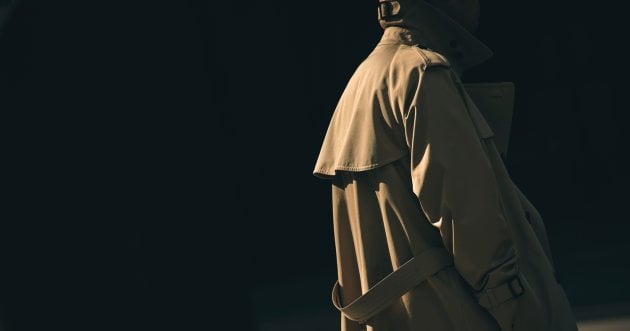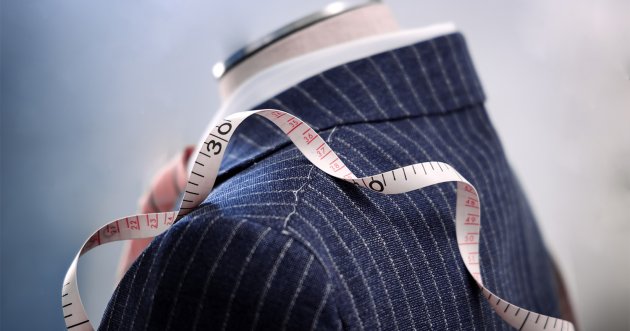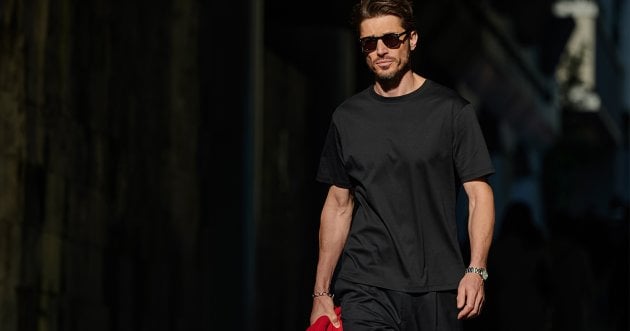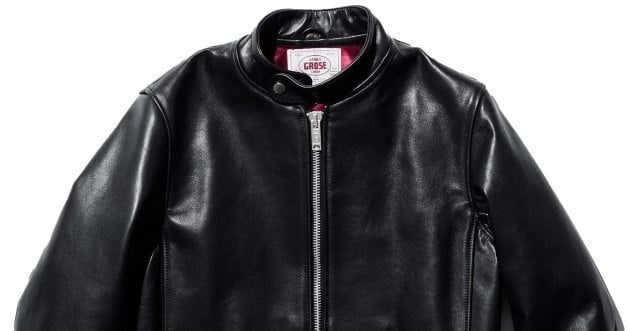
CONTENTS
- We begin with an introduction to the basics of squatting!
- (1) The benefits and advantages of squatting
- (2) Which muscles can be trained by squatting?
- (3) Types of squats and their characteristics
- (4) What is the correct form for normal squats?
- What are common squatting mistakes?
- Common squatting mistakes (1) "Knees stick out in front of the toes.
- Common Squatting Mistake #2: "The knees go inward."
- Common Squatting Mistake #3: "Rounded Back."
- Common squatting mistakes (4) "Squatting too far back."
- Introducing a training program that can be done with your own body weight utilizing squats at different levels!
- Squat Program for Beginners
- Intermediate Squat Program
- Advanced Squat Program
- You can also try the Squat Challenge!
- If you want to get good squatting results, drink protein to nourish your body!
- X-PLOSION WPC Whey Protein 3KG
- VALX WPC Whey Protein 1KG
- SAVAS Weigh Down Yogurt Flavor 870g
2 ページ以降を表示しています。
目次を表示Suponsered by
(3) Types of squats and their characteristics
There are various types of squats, each with different characteristics and muscles to be trained. For example, front squats place a greater load on the quadriceps muscles, while back squats place a greater load on the hamstrings and gluteal muscles. Since each type of squat has different benefits and trains different muscles effectively, it is important to select the appropriate type of squat for your purpose and level of training.
Normal Squat
The normal squat is a basic squat in which the load is applied using only your own body weight. Generally speaking, the term “squat” often refers to this normal squat. Depending on where the center of gravity is placed and whether the upper body is tilted vertically or forward, different areas can be worked. triceps” of the back thighs, and glutes of the buttocks. The detailed form is described below.
Wide Squat
Wide squats are performed with the legs wider apart and the toes pointing outward than in normal squats. It is effective for strengthening the adductor muscles of the inner thighs, which are not directly loaded in other squatting exercises, and it also improves mobility of the hip joints, stabilizes the pelvis, and improves O-legs. Incidentally, it is also gaining popularity as a leg slimming workout.
Split Squat
The split squat is a squat performed with the legs spread back and forth. It is also called a static lunge. It is often confused with the regular lunge, but it is different from the split squat because the lunge involves a forward leg motion. Another feature of the split squat is that it concentrates on the forward leg. This exercise mainly strengthens the “hamstrings” and “glutes,” as well as the “abdominal muscles,” since the movement is performed while maintaining balance. The “abdominal muscles” can also be strengthened.
Jumping Squat
Jumping squats, as the name suggests, are squats with jumps added. The addition of jumping increases the load on the thigh and calf muscles, and is expected to increase instantaneous force, which is indispensable for sports competitions. In addition, while squats are usually an anaerobic exercise, jumping squats are classified as an aerobic exercise and are characterized by their high fat-burning effect. On the other hand, they are also very taxing on the joints, so if you have a history of knee or ankle joint injuries or feel insecure, it is best not to perform them.
Box Split Squat
The box split squat is a derivative of the split squat. By placing the front leg on a platform, the box split squat allows you to lower your back deeper than usual, which places a greater load on the glutes and hamstrings. In addition, while the normal split squat focuses on the front leg, this exercise also works the glutes and hamstrings of the back leg by raising the knee of the back leg higher. However, since this movement converts the exercise into an aerobic one and increases the shaping effect, it is recommended to skip the knee raising movement and repeat the up-and-down movement on the spot with one leg on the platform for muscle hypertrophy.
Bulgarian Squat
The Bulgarian squat is a variation of the split squat. It is characterized by placing the back leg on a platform. It is considered “the strongest training” because it uses many joints, including the hip joints, knee joints, and ankle joints, and stimulates the core muscles to maintain posture. Also, when performed with the upper body vertical and the leg width narrow, it is easier to work the quadriceps, and when the leg width is wide and the upper body is tilted forward, it is easier to work the hamstrings. Incidentally, it was developed by a Bulgarian weightlifting team, hence the name Bulgarian squat.
Cissy Squat
The cissy squat is a variation of the squat that is performed by lifting the calf and bending the body backward. Originally, the squat involves hip movement, but in the cissy squat, only the knee joint is involved. This allows the quadriceps muscles to be intensively trained. Although it is recommended for those who are working on body building or want to improve their exercise performance, the cissy squat is not necessary for the average trainee because of its difficulty and the strain it places on the knees and hips.
Front Squat
The front squat is a squat performed with a barbell carried on the front side of the body. Because the barbell is held at the collarbone, the center of gravity is in front of the body, and the quadriceps muscles are easily stimulated. As in the normal squat, the feet are usually shoulder-width apart, but sometimes the feet are narrower to stimulate the quadriceps muscles more strongly. Incidentally, front squats are also recommended for those with weak knee joints, as they are less stressful on the knees.
Back Squat
This is the most common type of squat performed in the gym! The back squat is the most popular type of squat in the gym. This squat is performed with a barbell on the back and is popular as a way to strengthen the muscles of the entire lower body. In the back squat, the center of gravity is placed behind the back, so the upper body tilts forward as the squatting motion is performed, which stimulates the lower back as well. The back squat is also attractive because it can be performed with high weights due to the large number of muscles mobilized, and results are easily achieved.
Goblet Squat
The goblet squat is a squat performed with both hands holding a single dumbbell. The appeal of this weighted exercise is that it is easy to balance the center of gravity, and because it is difficult to lean forward, it is easy to stabilize form and there is little risk of back injury. Nevertheless, even those who are accustomed to training can perform this exercise with about 30 kg, so if your priority is to increase muscle mass, the back squat introduced above is preferable. The goblet squat is recommended for those who are training at home and find normal squats to be insufficient. Incidentally, the name comes from the shape of the hand holding the dumbbell, which resembles a goblet (glass).
3/4GO TO NEXT PAGE




